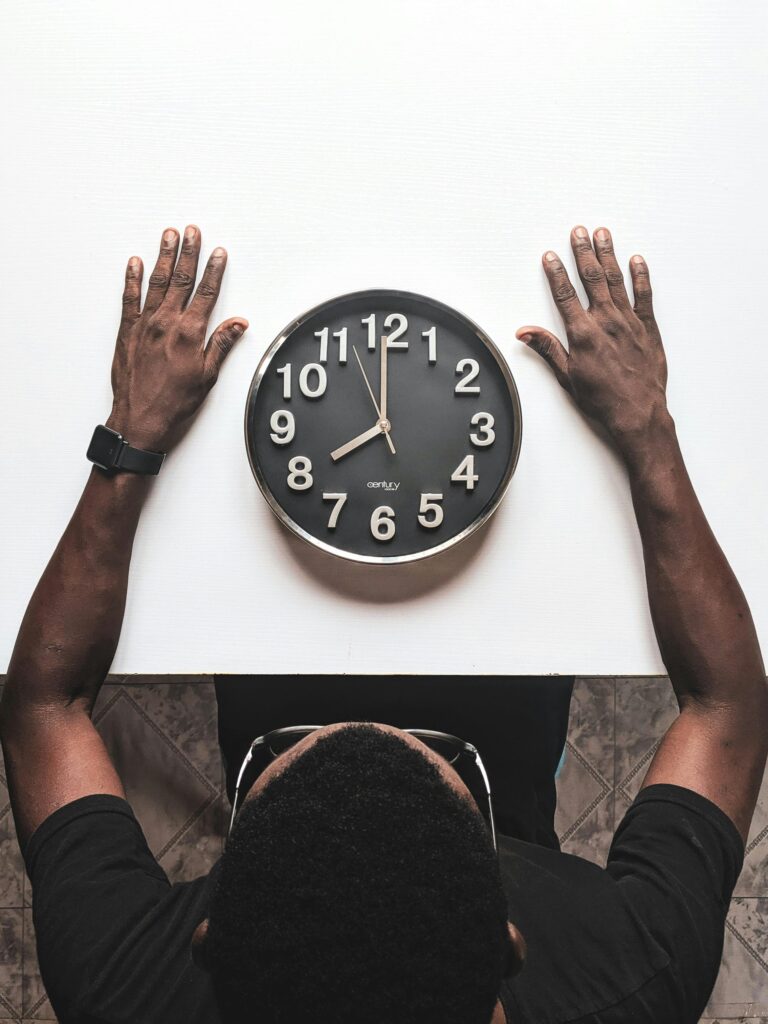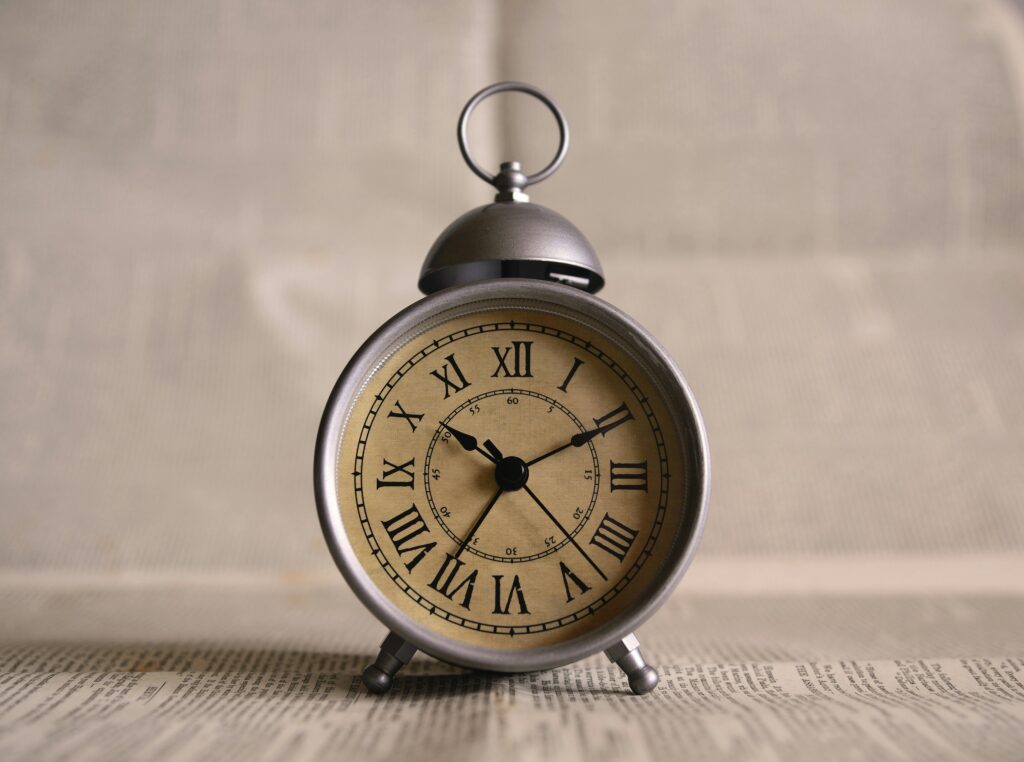A Guide to Identifying Quality Craftsmanship in Vintage Inspired Clocks
Are you looking to purchase a vintage inspired clock but are unsure how to identify quality craftsmanship? Whether you are a seasoned collector or a novice, it’s essential to know what to look for when evaluating the quality of a clock. From materials and construction to movements and aesthetics, there are several key factors to consider before making a purchase. In this comprehensive guide, we will walk you through the essential elements of identifying quality craftsmanship in vintage inspired clocks.

Understanding the Materials Used
When examining a vintage inspired clock, the materials used in its construction can provide valuable insights into its quality. High-quality materials are durable, long-lasting, and can significantly impact the overall aesthetics of the clock. Look for clocks made from materials such as solid wood, brass, glass, and metal. Avoid clocks that are predominantly made from plastic or other cheap materials, as they are likely to be of lower quality.
When considering the materials used in a vintage inspired clock, pay close attention to the following:
-
Solid Wood: Clocks crafted from solid wood exude a sense of timeless elegance. Look for clocks made from high-quality hardwoods such as oak, walnut, or mahogany.
-
Brass: Brass accents or features on a clock can add a touch of sophistication and elegance. Check for brass components such as hands, bezels, or decorative elements.
-
Glass: Clock faces covered by glass provide additional protection and durability. Ensure that the glass is free from scratches or imperfections.
-
Metal: Clocks with metal components, such as gears or pendulums, can enhance the overall appearance and authenticity of the piece.
By examining the materials used in a vintage inspired clock, you can determine its quality and durability.
Evaluating the Construction
The construction of a vintage inspired clock plays a crucial role in its overall quality and longevity. A well-constructed clock will not only function smoothly but also maintain its appearance over time. When assessing the construction of a clock, consider the following factors:
-
Seamless Joints: Check for seamless joints between different components of the clock. Gaps or misalignments can indicate poor construction quality.
-
Sturdy Frame: The frame of the clock should be sturdy and well-built to ensure stability. Avoid clocks with flimsy or weak frames.
-
Smooth Finish: A quality clock will have a smooth and flawless finish without any rough edges or blemishes.
-
Precision Assembly: Pay attention to the precision with which the clock has been assembled. A well-assembled clock will operate smoothly and efficiently.
By evaluating the construction of a vintage inspired clock, you can determine its overall quality and durability.
Examining the Movement
The movement of a clock refers to the internal mechanism that drives its timekeeping functions. The quality of the movement can significantly impact the accuracy and reliability of a clock. Vintage inspired clocks typically use either mechanical or quartz movements. Mechanical movements are more traditional and require winding, while quartz movements are powered by batteries. When examining the movement of a clock, consider the following:
-
Mechanical Movement: Mechanical movements are intricate and require skilled craftsmanship to assemble. Check for smooth and precise movement of the hands.
-
Quartz Movement: Quartz movements are known for their accuracy and reliability. Ensure that the clock keeps time accurately and consistently.
-
Noise Level: Pay attention to the noise level produced by the movement. High-quality movements operate quietly and smoothly.
By examining the movement of a vintage inspired clock, you can determine its accuracy and reliability.
Assessing the Aesthetics
The aesthetics of a vintage inspired clock contribute to its overall charm and appeal. A well-designed clock with attention to detail can elevate the beauty of any space. When assessing the aesthetics of a clock, consider the following factors:
-
Authentic Design: Look for clocks with authentic vintage designs that capture the essence of a specific era or style.
-
Intricate Details: Pay attention to intricate details such as engravings, carvings, or decorative elements that enhance the overall aesthetics.
-
Matching Components: Ensure that all components of the clock, including the hands, numerals, and bezels, complement each other harmoniously.
-
Unique Features: Consider clocks with unique features or characteristics that set them apart from mass-produced options.
By assessing the aesthetics of a vintage inspired clock, you can determine its visual appeal and authenticity.

Analyzing the Condition
The condition of a vintage inspired clock is a crucial factor to consider when evaluating its quality and value. Signs of wear and tear can indicate poor maintenance or neglect, while pristine condition can suggest careful preservation. When analyzing the condition of a clock, consider the following:
-
Physical Damage: Look for any physical damage such as scratches, dents, or cracks on the clock’s surface.
-
Functional Issues: Test the clock’s functionality by winding it (for mechanical clocks) or testing the battery (for quartz clocks).
-
Maintenance Records: Inquire about the clock’s maintenance history and any repairs or restoration work that may have been done.
-
Overall Appearance: Consider the overall appearance of the clock, including its cleanliness, shine, and general condition.
By analyzing the condition of a vintage inspired clock, you can determine its value and potential maintenance requirements.
Recognizing Authenticity
Authenticity is a key consideration when evaluating the quality of a vintage inspired clock. Genuine vintage clocks are highly sought after for their historical significance and craftsmanship. However, there are many replicas and reproductions in the market that may not offer the same quality or value. When recognizing the authenticity of a clock, consider the following:
- Hallmarks or Markings: Look for any hallmarks, signatures, or markings that indicate the clock’s authenticity or origin.
| Brand | Description |
|---|---|
| Howard Miller | Known for high-quality craftsmanship and timeless designs. |
| Seth Thomas | Recognized for its classic American clockmaking traditions. |
| Ansonia | Famous for its intricate designs and ornate detailing. |
-
Documentation: Check for documentation such as certificates of authenticity or original receipts that support the clock’s provenance.
-
Expert Opinion: Seek the advice of experts or appraisers who can verify the authenticity of the clock based on its design, materials, and construction.
By recognizing the authenticity of a vintage inspired clock, you can ensure its value and provenance.

Making an Informed Decision
When it comes to identifying quality craftsmanship in vintage inspired clocks, it’s essential to take a comprehensive approach. By evaluating the materials, construction, movement, aesthetics, condition, and authenticity of a clock, you can make an informed decision that aligns with your preferences and budget. Remember to consider your personal style, preferences, and the overall aesthetic of your space when choosing a vintage inspired clock.
In conclusion, vintage inspired clocks are not only functional timepieces but also works of art that reflect the craftsmanship and creativity of bygone eras. By following this guide and applying these principles, you can confidently identify and appreciate the quality craftsmanship in vintage inspired clocks. Happy clock hunting!

